Known mostly for green tea, Japan produces styles with a distinctly vegetal and marine profile. Some of the best Japanese green teas have a grassy sweetness and rich umami flavor. Unlike Chinese teas, most Japanese teas are steamed rather than pan fired, which(read more...)
+Known mostly for green tea, Japan produces styles with a distinctly vegetal and marine profile. Some of the best Japanese green teas have a grassy sweetness and rich umami flavor. Unlike Chinese teas, most Japanese teas are steamed rather than pan fired, which retains the rich green color and creates a sweet grassy flavor. Unlike the larger leaf-size and varying shapes and colors of Chinese teas, Japanese green teas have a characteristic thin, needle-like shape and a rich, dark green color. The Japanese seek plant cultivars – varieties created through selective breeding – with an intensely green, rich umami flavor, making Japanese teas taste different than tea grown anywhere else on earth.
Buddhist monks introduced tea to Japan in the early 9th century after studying in China. For centuries following, tea was an integral part of Japanese monastery life and monks used tea to help them stay alert during long hours of meditation. By the early 1300's tea gained popularity throughout Japanese society. Its early religious importance permanently colored the meaning and value the Japanese associate with tea and directly influenced the Japanese Tea Ceremony.
Based on the philosophies of Zen Buddhism, the Japanese Tea Ceremony evolved in the late 15th century. The ceremony places supreme importance on respecting the act of making and drinking tea. It captures the essential elements of Japanese philosophy and interweaves four principals: harmony (with nature and people), purity (of heart and mind), respect (for others) and tranquility. In essence, the tea ceremony is a quest for spiritual fulfillment through devotion and meditation of the making and serving tea and, by extension, to the humble routine of daily life.
Because of rapid domestic economic growth in 20th century Japan, the Japanese started to consumer more tea; due to its domestic popularity, only 1-5% of Japanese tea ever makes it to export. Because of the high cost of labor in Japan, Japanese tea production is heavily mechanized, relying on modern technology to harvest the leaves and a mechanical rolling and drying process. Because of its popularity and the limited quantity of tea that can be produced in Japan, the majority of production is dedicated to the premium tea market. Bottled tea, tea used to flavor foods (like ice cream or in smoothies) or inexpensive matcha or sencha “knock offs” are typically produced using lower-grade Japanese-style tea produced in China. 99% of tea production in Japan is green tea.
Popular Japanese green teas include:
Sencha: This is the standard style of green tea in Japan and represents 80% of all teas produced there.
Kukicha: A lighter tea made from sencha leaves and dried stems.
Hojicha: A darker tasting tea made by roasting Japanese tea leaves to impart a toasty caramel or roasted barely flavor.
Genmaicha: Made by adding toasted puffs of rice or popped-rice (not to be confused with popcorn) for a savory, toasty-rice flavor and thick texture.
Bancha: A lower grade tea plucked from the older leaves on the same bushes used to produce sencha.
Gyokuro: An extra high-quality, exclusive tea grown under shaded tarps for several weeks prior to plucking to block out the sun. The practice of shading the gardens to block the bushes’ access to sunshine triggers the plant to develop high amounts of chlorophyl in the leaf, which imparts a sweeter, greener flavor and increased levels of umami, antioxidants and healthy plant compounds.
Matcha: Matcha is the type of tea used in the Japanese tea ceremony; it is prepared by whisking powdered green tea with a small amount of water until frothy into a sort of intensely concentrated ‘green tea espresso.’ Like Gyokuro, matcha is shade-grown to enhance its flavor and healthy benefits. The plucked and processed leaf is called Tencha, which is stone-ground into a fine, emerald-green, talc-like powder called Matcha. The process of stone milling yields only 40-50 grams of matcha per hour per one stone mill. Considering the special shading, cultivation, and stone milling, it’s no wonder gram-to-gram the best matcha costs more than its weight in silver. Because the entire leaf is consumed when drinking matcha, matcha contains exceptionally high level of antioxidants, amino acids, l-theanine, and other beneficial components. The nootropic and neuro-stimulating, alpha brainwave enhancement of matcha is unrivaled by any brewed tea.
Japanese green teas are considerably more sensitive to water temperature than other types; water that is too hot can make the brew overly bitter. We suggest lower water temperatures (around 160-180° F versus the 195-205° F used for most other types) and shorter steep times to coax out the subtle complex flavors that make Japanese teas world famous.
(read less...)
Known mostly for green tea, Japan produces styles with a distinctly vegetal and marine profile. Some of the best Japanese green teas have a grassy sweetness and rich umami flavor. Unlike Chinese teas, most Japanese teas are steamed rather than pan fired, which retains the rich green color and creates a sweet grassy flavor. Unlike the larger leaf-size and varying shapes and colors of Chinese teas, Japanese green teas have a characteristic thin, needle-like shape and a rich, dark green color. The Japanese seek plant cultivars – varieties created through selective breeding – with an intensely green, rich umami flavor, making Japanese teas taste different than tea grown anywhere else on earth.
Buddhist monks introduced tea to Japan in the early 9th century after studying in China. For centuries following, tea was an integral part of Japanese monastery life and monks used tea to help them stay alert during long hours of meditation. By the early 1300's tea gained popularity throughout Japanese society. Its early religious importance permanently colored the meaning and value the Japanese associate with tea and directly influenced the Japanese Tea Ceremony.
Based on the philosophies of Zen Buddhism, the Japanese Tea Ceremony evolved in the late 15th century. The ceremony places supreme importance on respecting the act of making and drinking tea. It captures the essential elements of Japanese philosophy and interweaves four principals: harmony (with nature and people), purity (of heart and mind), respect (for others) and tranquility. In essence, the tea ceremony is a quest for spiritual fulfillment through devotion and meditation of the making and serving tea and, by extension, to the humble routine of daily life.
Because of rapid domestic economic growth in 20th century Japan, the Japanese started to consumer more tea; due to its domestic popularity, only 1-5% of Japanese tea ever makes it to export. Because of the high cost of labor in Japan, Japanese tea production is heavily mechanized, relying on modern technology to harvest the leaves and a mechanical rolling and drying process. Because of its popularity and the limited quantity of tea that can be produced in Japan, the majority of production is dedicated to the premium tea market. Bottled tea, tea used to flavor foods (like ice cream or in smoothies) or inexpensive matcha or sencha “knock offs” are typically produced using lower-grade Japanese-style tea produced in China. 99% of tea production in Japan is green tea.
Popular Japanese green teas include:
Sencha: This is the standard style of green tea in Japan and represents 80% of all teas produced there.
Kukicha: A lighter tea made from sencha leaves and dried stems.
Hojicha: A darker tasting tea made by roasting Japanese tea leaves to impart a toasty caramel or roasted barely flavor.
Genmaicha: Made by adding toasted puffs of rice or popped-rice (not to be confused with popcorn) for a savory, toasty-rice flavor and thick texture.
Bancha: A lower grade tea plucked from the older leaves on the same bushes used to produce sencha.
Gyokuro: An extra high-quality, exclusive tea grown under shaded tarps for several weeks prior to plucking to block out the sun. The practice of shading the gardens to block the bushes’ access to sunshine triggers the plant to develop high amounts of chlorophyl in the leaf, which imparts a sweeter, greener flavor and increased levels of umami, antioxidants and healthy plant compounds.
Matcha: Matcha is the type of tea used in the Japanese tea ceremony; it is prepared by whisking powdered green tea with a small amount of water until frothy into a sort of intensely concentrated ‘green tea espresso.’ Like Gyokuro, matcha is shade-grown to enhance its flavor and healthy benefits. The plucked and processed leaf is called Tencha, which is stone-ground into a fine, emerald-green, talc-like powder called Matcha. The process of stone milling yields only 40-50 grams of matcha per hour per one stone mill. Considering the special shading, cultivation, and stone milling, it’s no wonder gram-to-gram the best matcha costs more than its weight in silver. Because the entire leaf is consumed when drinking matcha, matcha contains exceptionally high level of antioxidants, amino acids, l-theanine, and other beneficial components. The nootropic and neuro-stimulating, alpha brainwave enhancement of matcha is unrivaled by any brewed tea.
Japanese green teas are considerably more sensitive to water temperature than other types; water that is too hot can make the brew overly bitter. We suggest lower water temperatures (around 160-180° F versus the 195-205° F used for most other types) and shorter steep times to coax out the subtle complex flavors that make Japanese teas world famous.
Known mostly for green tea, Japan produces styles with a distinctly vegetal and marine profile. Some of the best Japanese green teas have a grassy sweetness and rich umami flavor. Unlike Chinese teas, most Japanese teas are steamed rather than pan fired, which


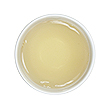
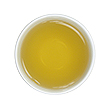
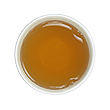
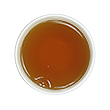
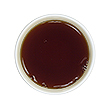
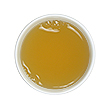
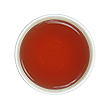
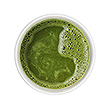
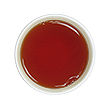
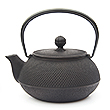
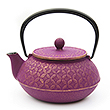
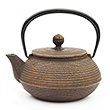


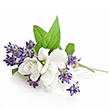
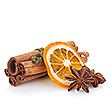
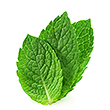



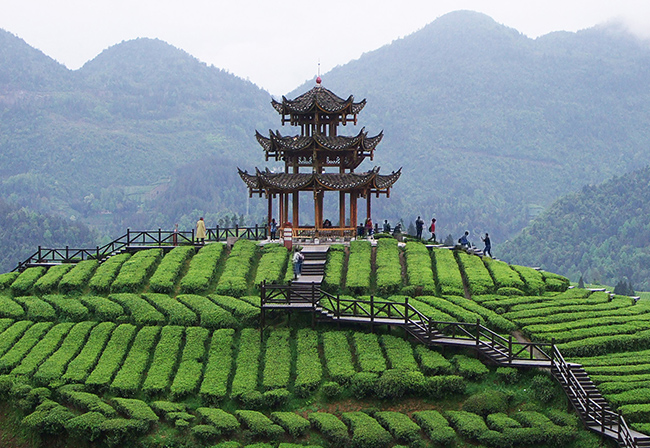
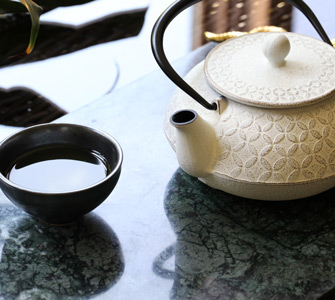
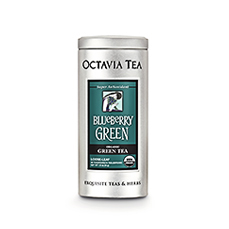
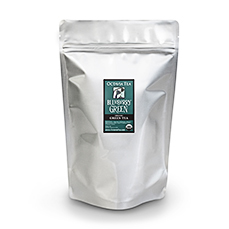
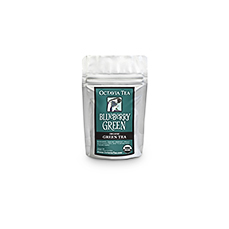
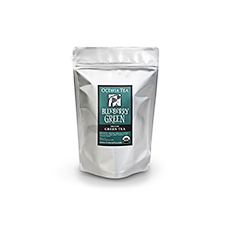
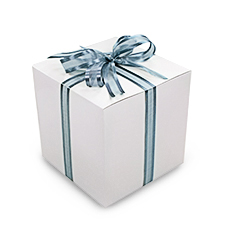
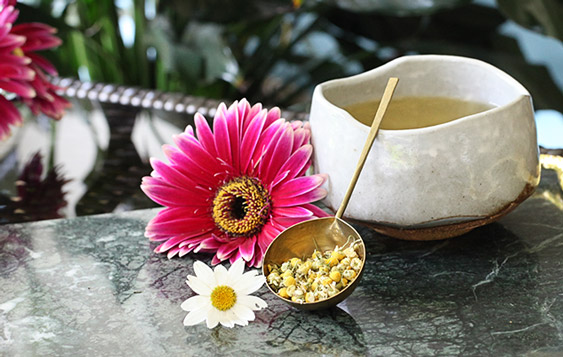






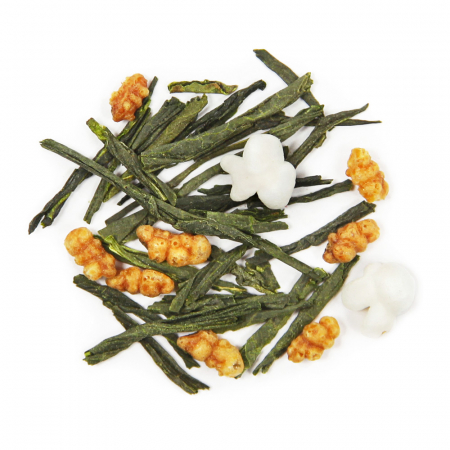

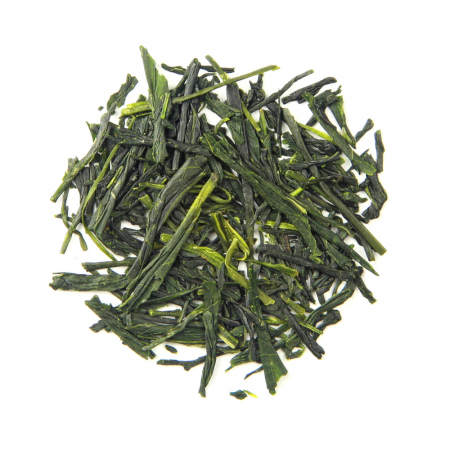

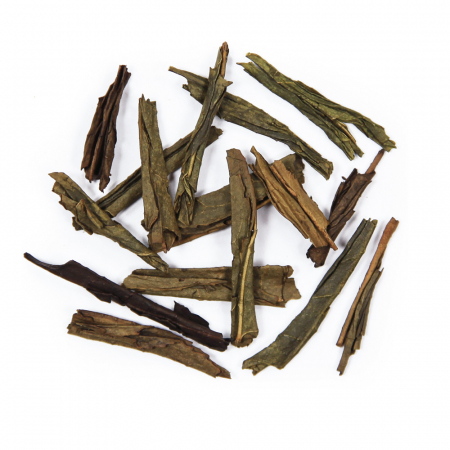

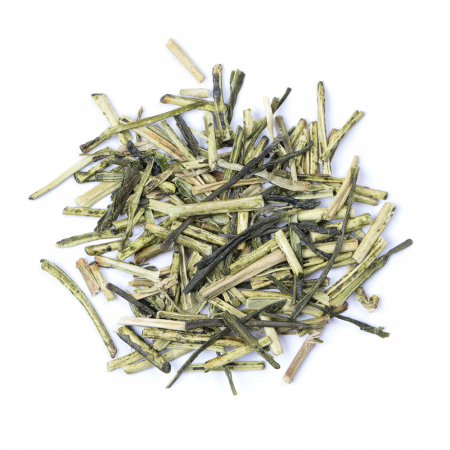

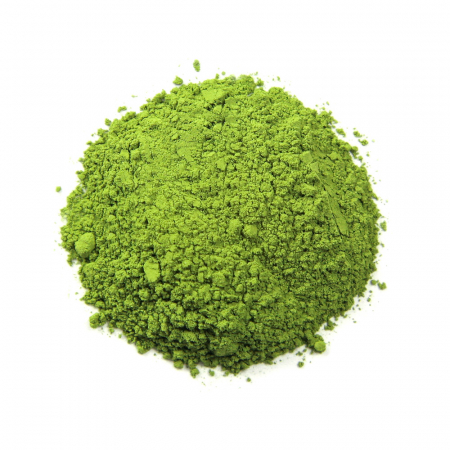
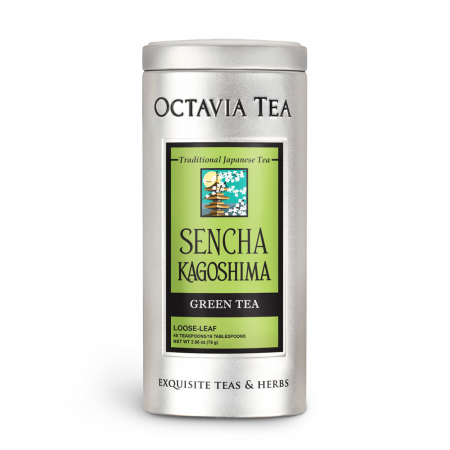
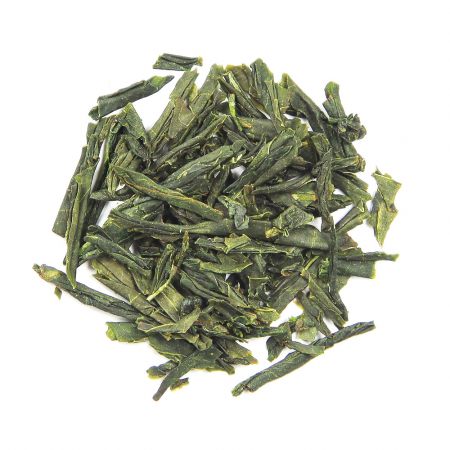

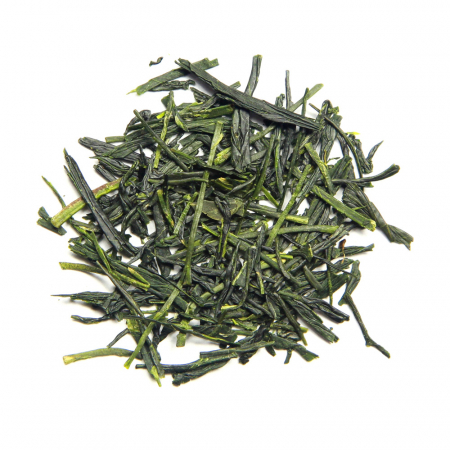
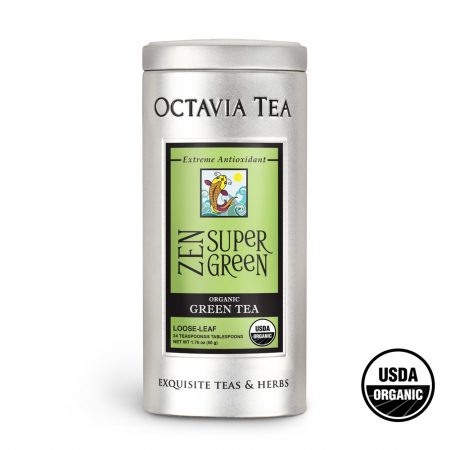
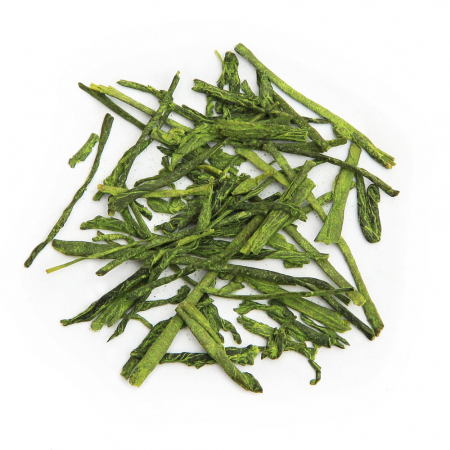

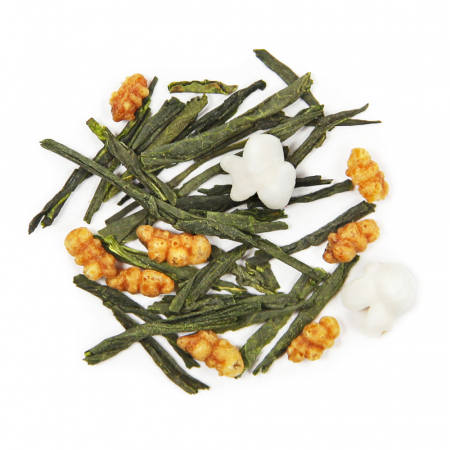

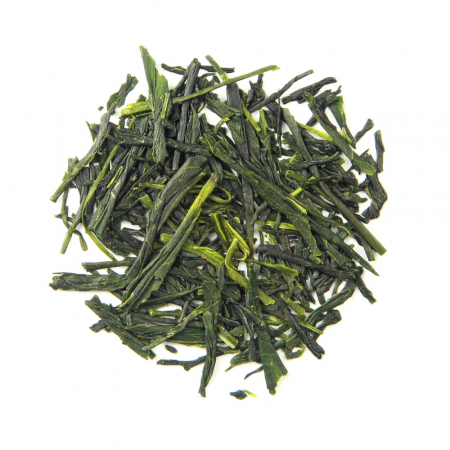

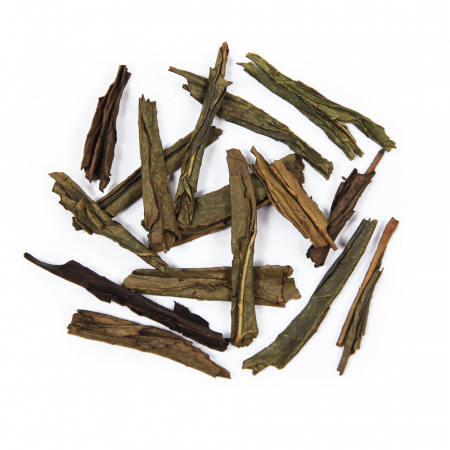
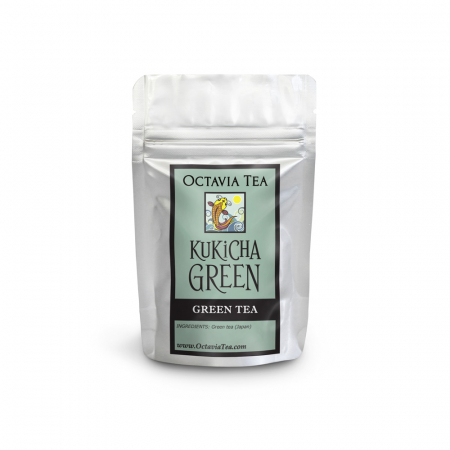
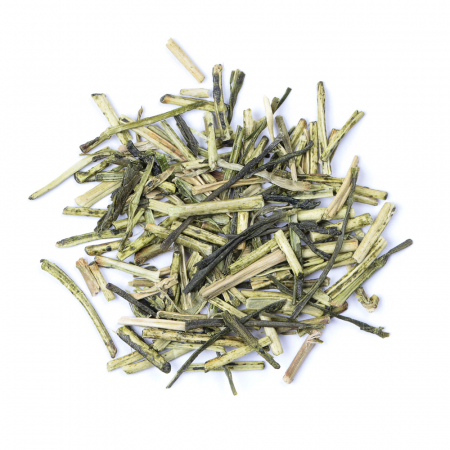

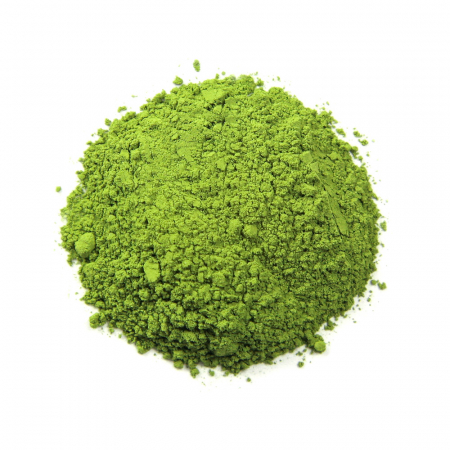
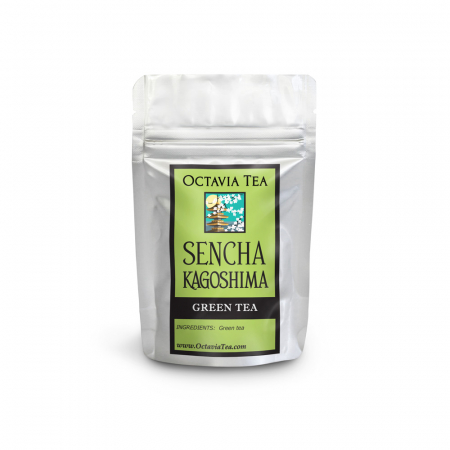
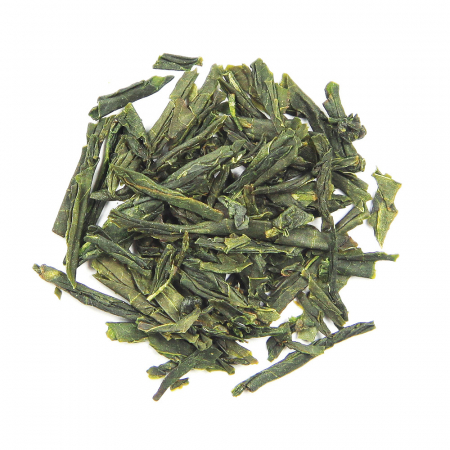

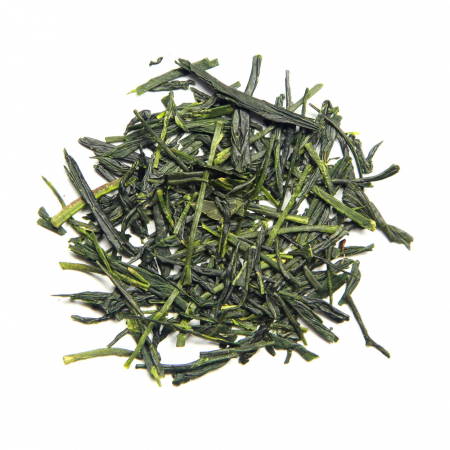
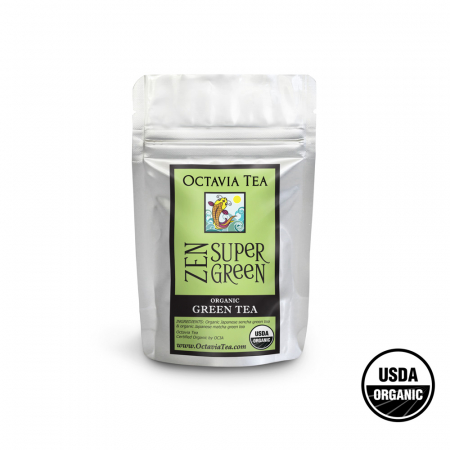
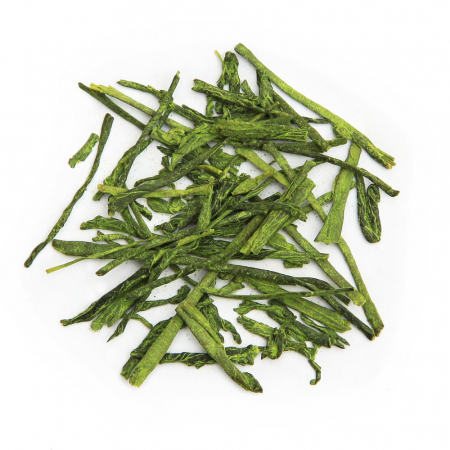

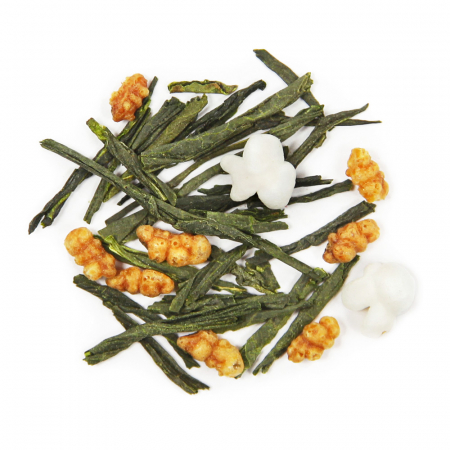

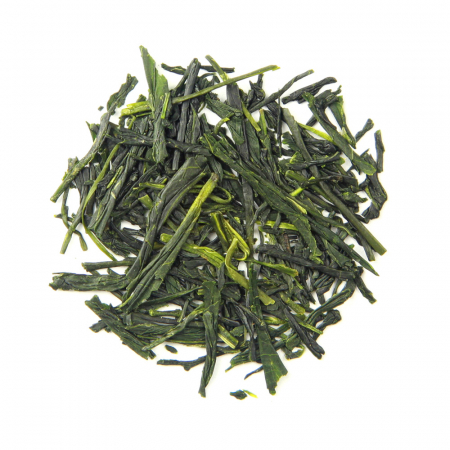
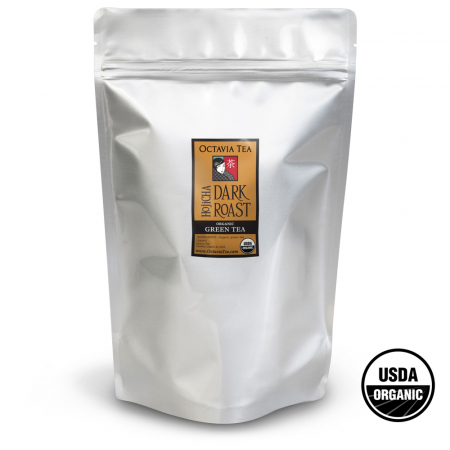
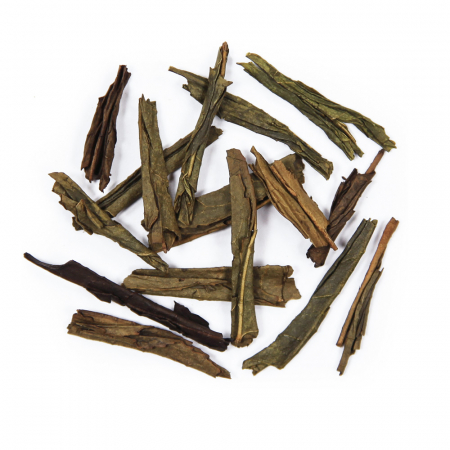
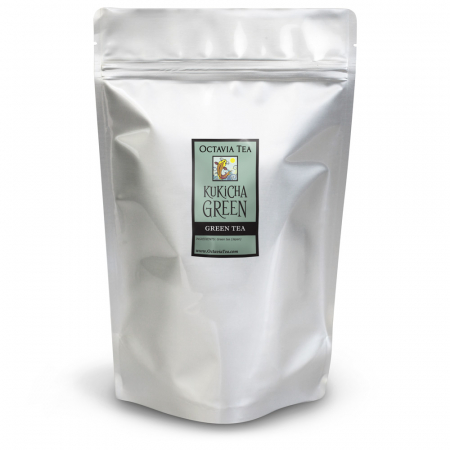
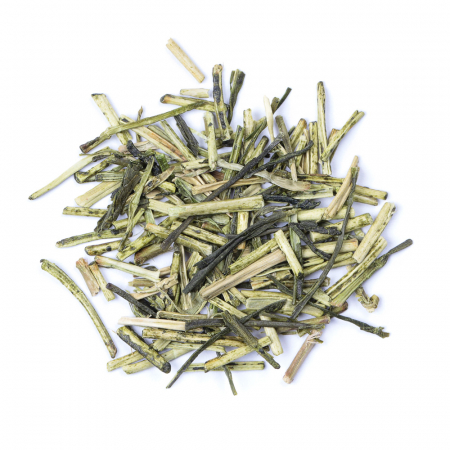
Octavia Tea Sign In
Create New Account